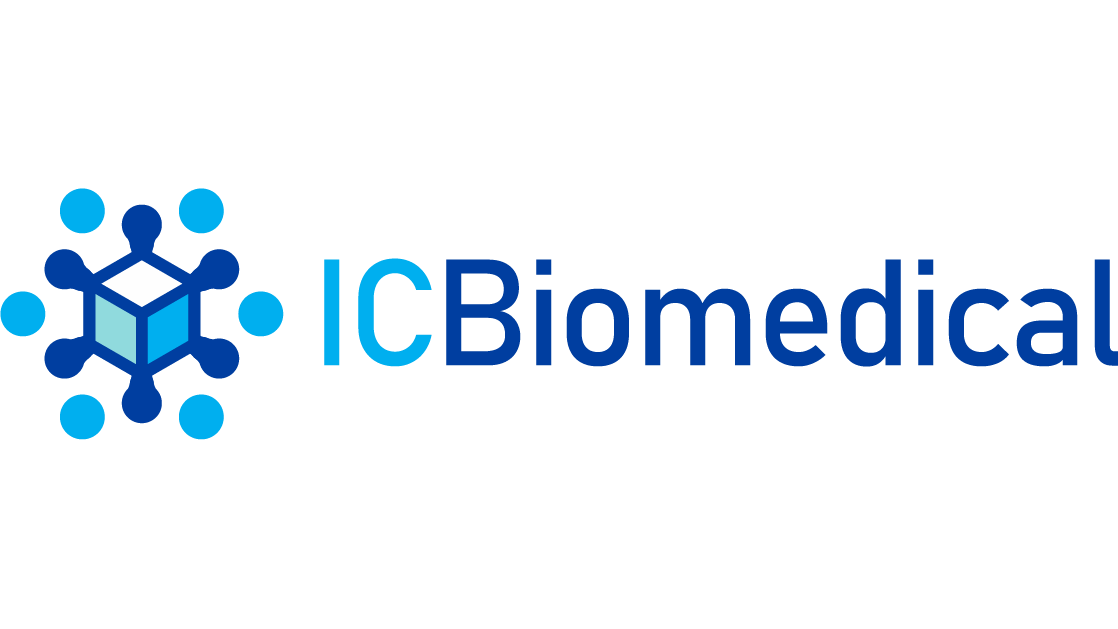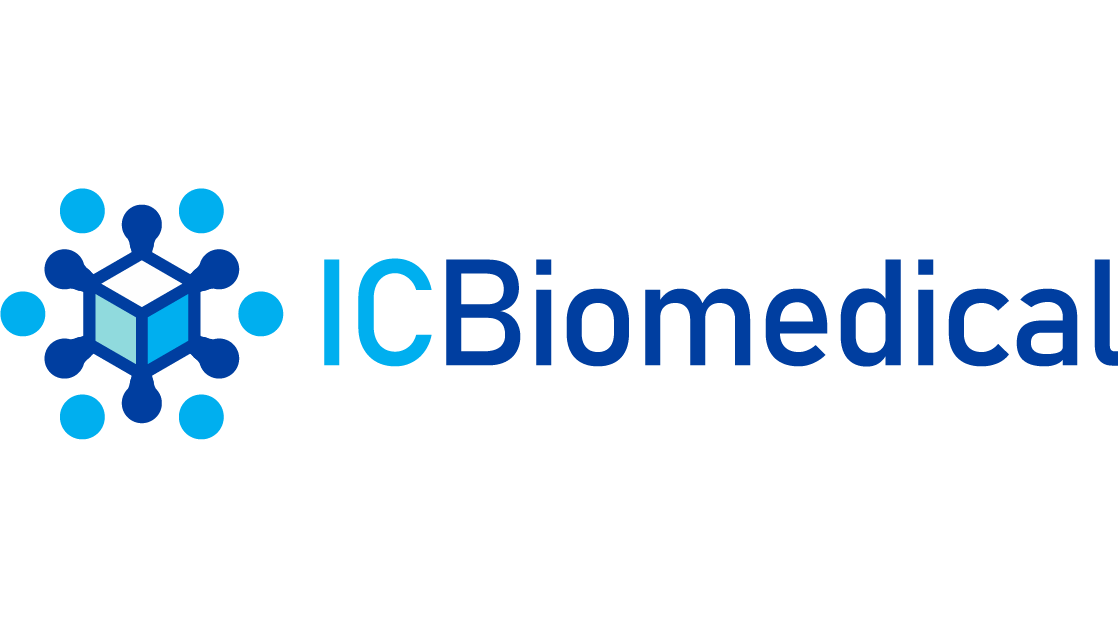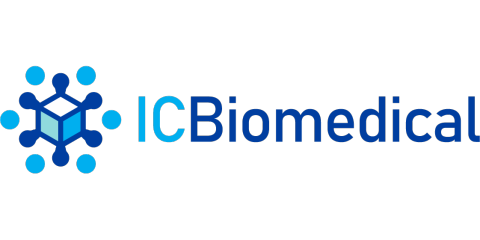

Industry Workshop: Cryogenic Storage Strategy – Maximizing the Integrity of Stored Biologicals for Viability and Analytics
Information
Scientists and Researchers choose cryopreservation to truly preserve the cells or tissues they are storing. In most cases preservation doesn’t simply enable the ability to measure a biomarker or analyte post thaw, but the provides for the living cell to be frozen, remain completely static and unchanged, thawed and be fully functional and viable again. The cells must be able to thrive, post-thaw. To achieve this there are many important facets of cryopreservation such as the selection and addition of cryoprotective agents, freezing rates, nucleation, storage, controlled thawing and washing. The longest step, and often the most uncontrolled, is storage. Here cells are placed into a cryo environment for months or years at a time. The intent is to keep them safely frozen below the glass transition temperature (Tg) of water, -135C. High efficiency LN2 vapour freezers will easily keep sub -150C temperatures, but what happens during transient warming events? What happens when racks, cryoboxes and vials are removed temporarily during routine storage and access activities? Are they in danger of warming above -135C and experiencing micro-thawing events? We know from our experiments that 2mL samples warm at 1.2C/second when removed from an LN2 freezer. This means an innocent 2mL vial removed from a -190C LN2 freezer can cross Tg in less than 50 seconds. Yes, samples are at risk of warming above Tg during any exposures. The way to prevent excessive warming is by understanding warming rates, exposure times and then controlling and monitoring all user interactions.
Cell therapy products are both critical and very expensive. After manufacture, they are often stored in LN2 freezers to ensure their functionality is preserved. This is normally done in a manual freezer with little to no controls, integrated monitoring or access management. The financial worth (inventory) of an LN2 freezer full of cell therapy products can easily be in the millions. These products, when stored in traditional freezers, will additionally experience undocumented transient warming events as adjacent products are accessed. Brief transient exposures can be fine, but excessive ambient exposures will cause micro warming events which can change the viability and recovery of the final product. Based on the importance to the patients and financial worth of the cell therapy products in storage, the access, inventory, temperature and exposure times should all be controlled, monitored, tracked and auditable. IC Biomedical offers a portfolio of cryogenic storage and transport solutions to control, monitor, audit and manage cell therapy storage to ensure cell therapy products value and functionality is preserved.



